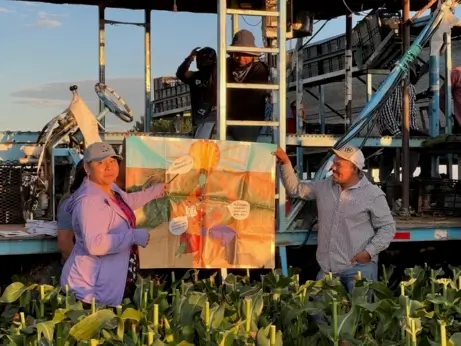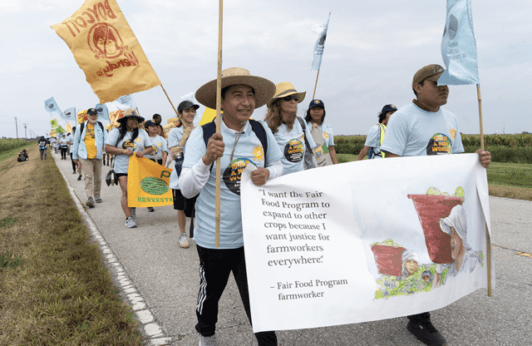Farmworkers Cannot Wait for OSHA to Adequately Protect Them From Heat. The Fair Food Program Provides a Solution
Extreme heat is one of the most dangerous factors for farmworkers during the hot summer months. We need to act now to protect these workers and our food supply.





